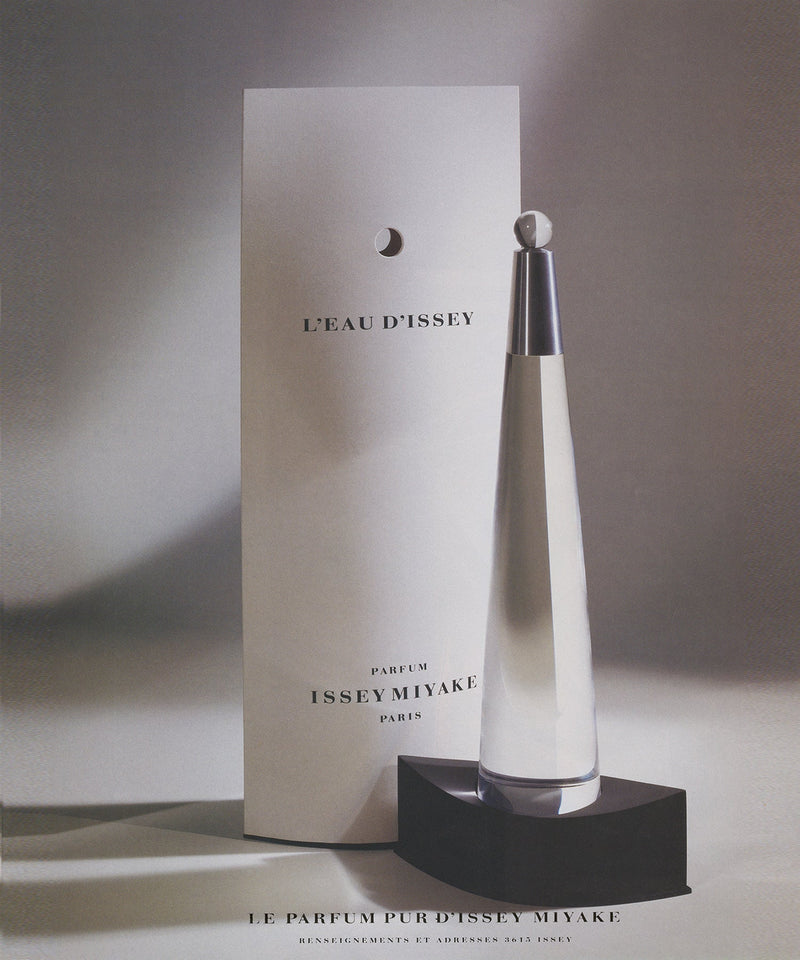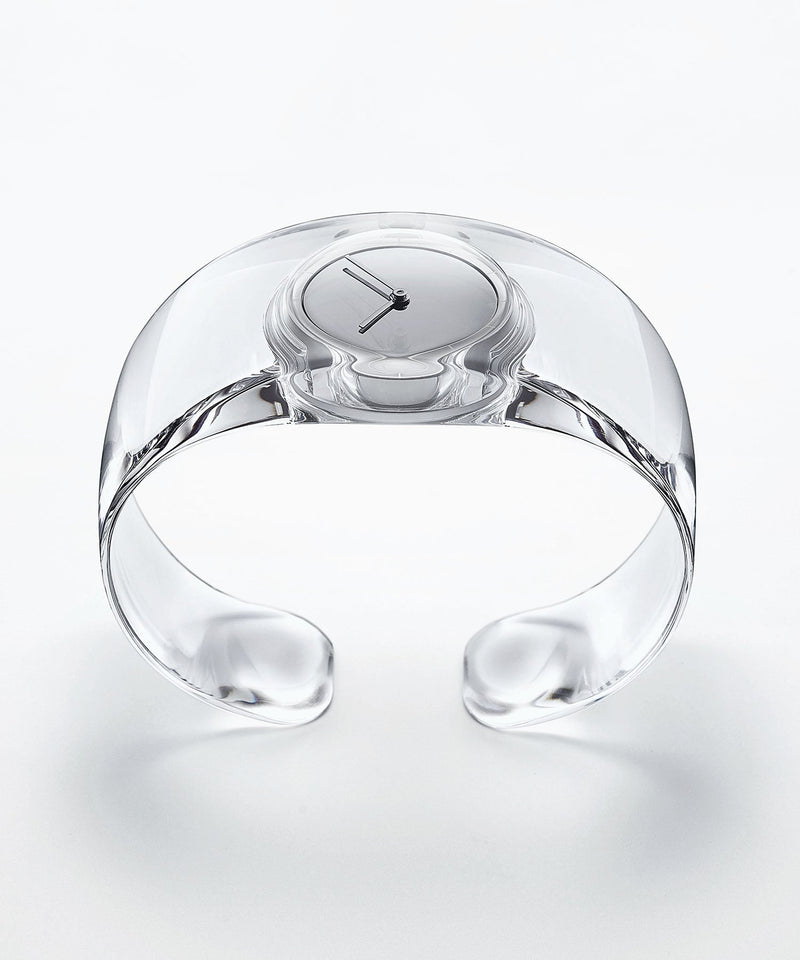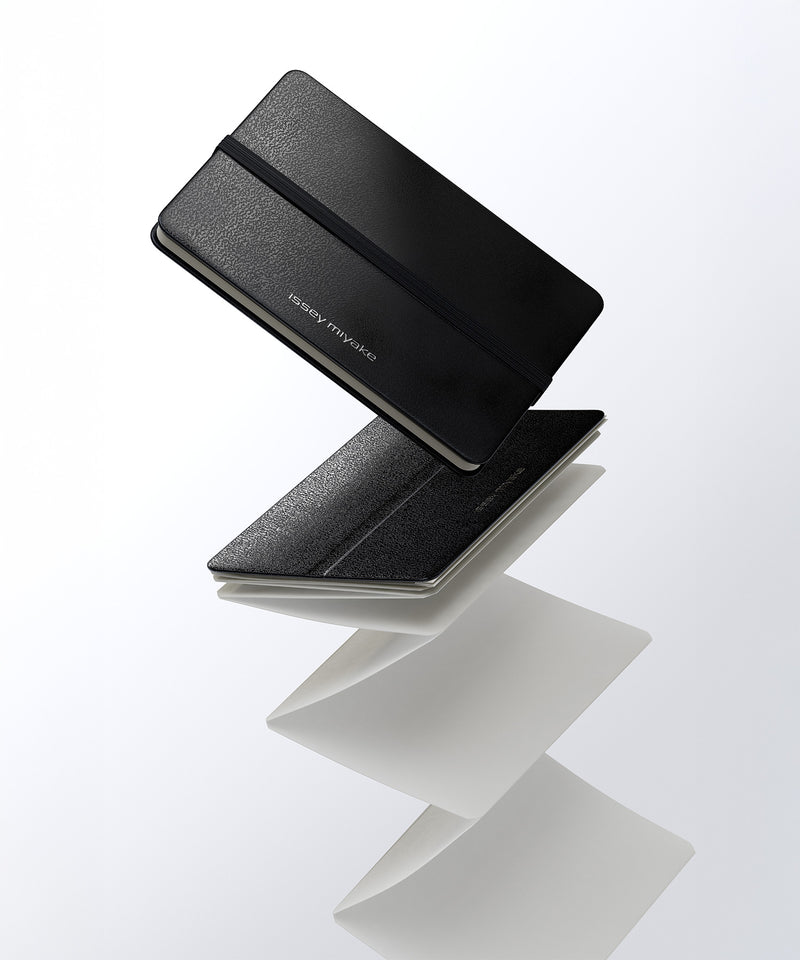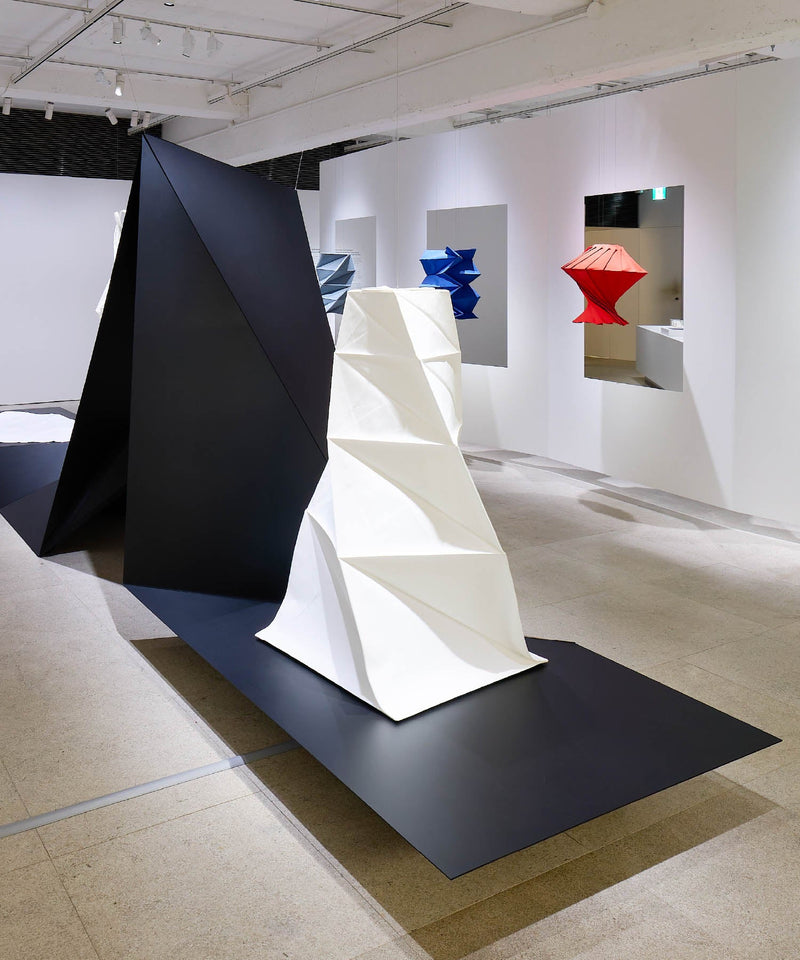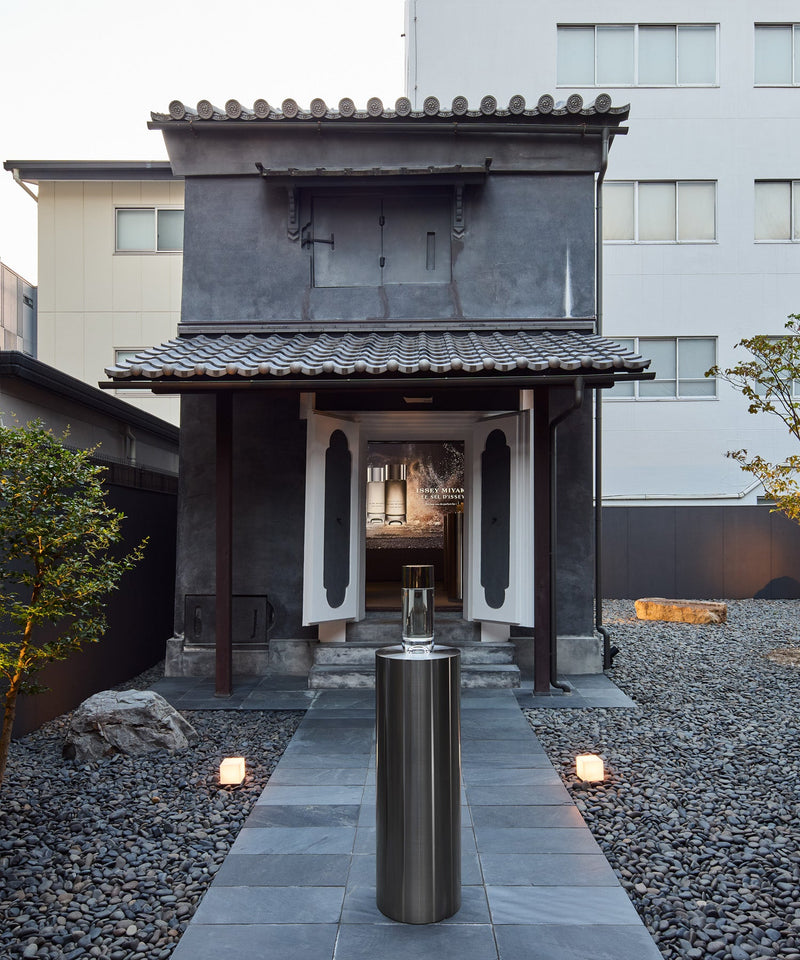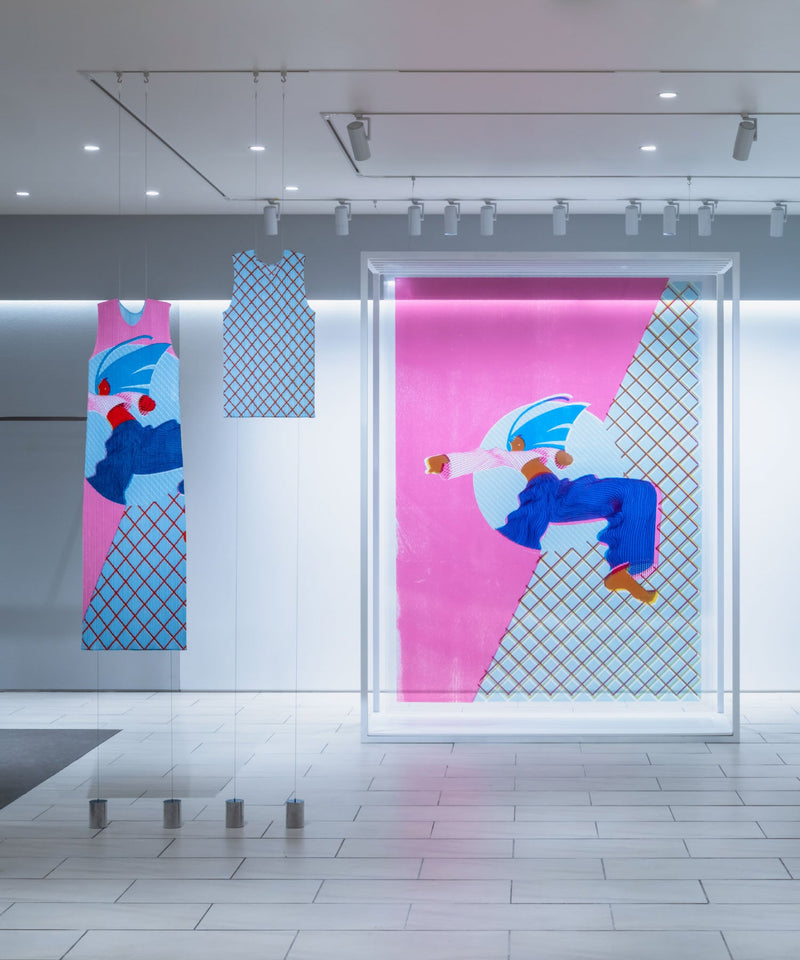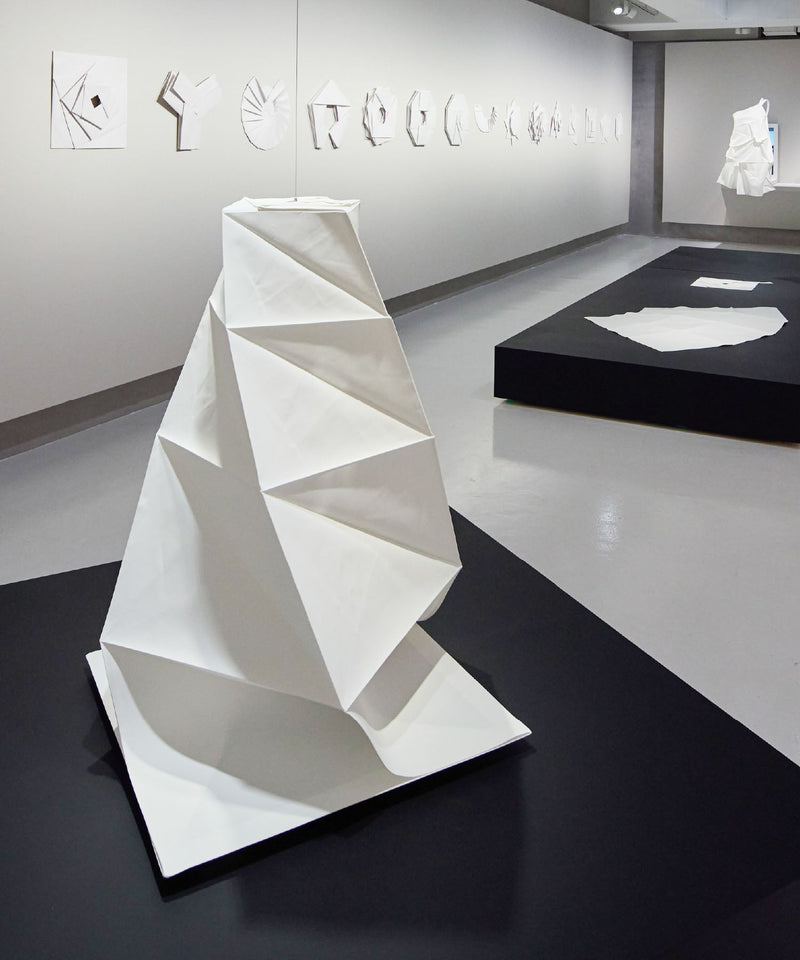Her journey Everyday Life with PLEATS PLEASE Part 3: To the island
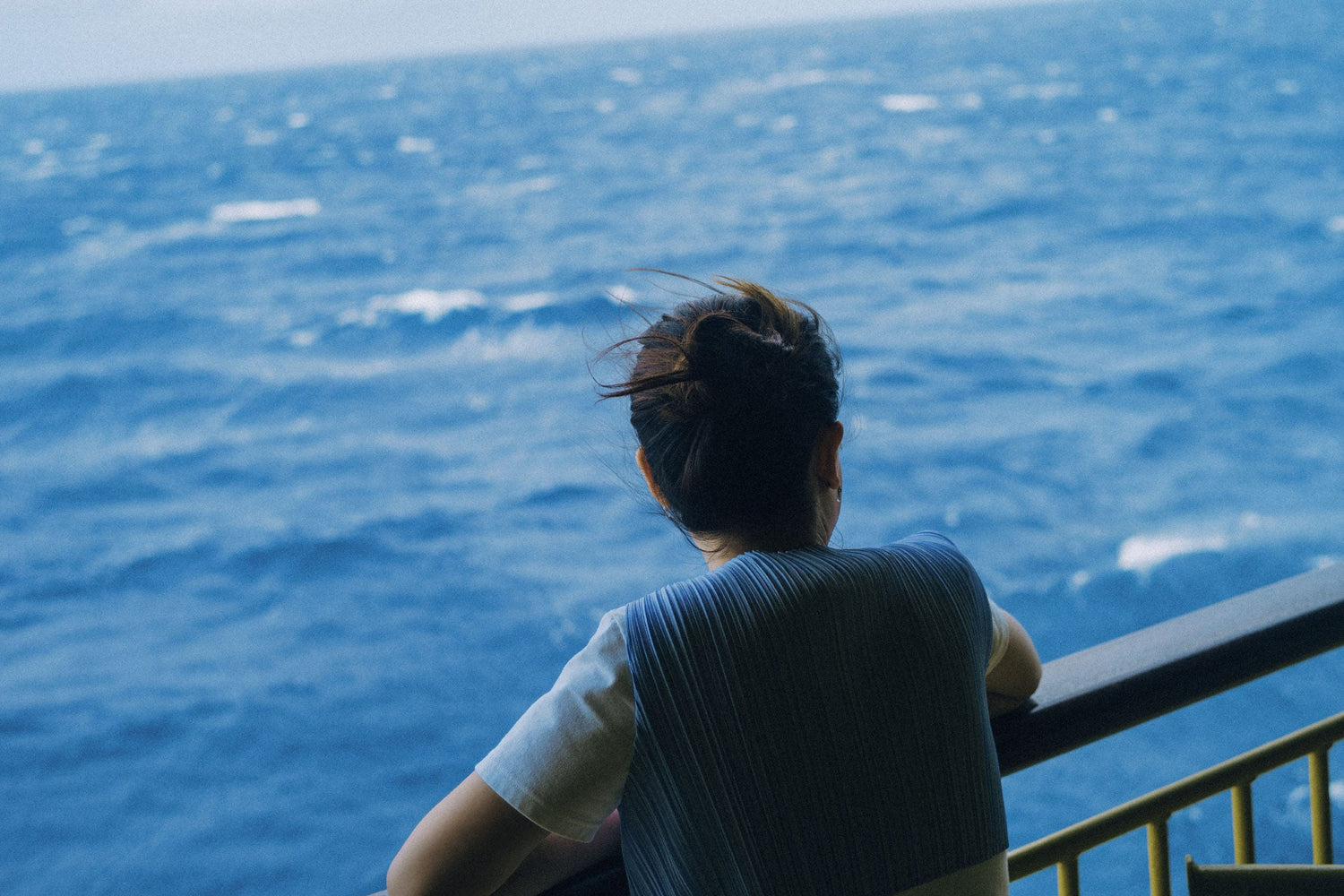
One evening in early Summer, Shuga Ohashi boards the Tachibana-Maru, a large passenger ship that leaves Tokyo’s Takeshiba Pier, at 10:30 pm. She is headed to the island of Hachijōjima. It is her first visit there, and she plans to spend three days and two nights exploring her scripts for an upcoming short film.
Here is her concept so far:
After many years living away from the island, the main character comes home. As the days pass, she becomes aware that the island and the people there, who she thought she knew so well, have changed, and so has she . Torn between the past and the present, she begins to search for a way to make her home there.
“I thought that by filming on the island, I would be able to naturally depict a different sense of distance and isolation than what you experience in cities. I want to show the warmth and unique culture of the small communities, and to vividly show the gaps between the locals and those who are visitors.”
Hachijōjima is part of the Izu chain located 287 km south of central Tokyo. It was known as a place of exile during the Edo Period; the first person to be banished there was Hideie Ukita, a Japanese Samurai and the Daimyo of Bizen (Okayama) who lost the battle of Sekigahara.
The island is roughly fifty minutes by plane from Haneda Airport, but Shuga chose to make the more than ten-hour journey by ship to get a feel of the distance from Tokyo, even if not as much distance as the exiles would have had during their voyage.
At 8:55 am the next morning, the ship arrived at the port of Sokodo-ko on Hachijōjima. Although slightly seasick, Shuga went out on deck early in the morning to view the island as it approached from the other side of the open sea. She felt ready to explore as she disembarked.
She began to film the lushly vegetated island, a completely different environment from Tokyo, with a handy video camera purchased for the trip. She was also serving as the location scout for the film. Her first visit was to a ranch owned by Takayuki Uotani, operator of the “Enkel to Hare” cheese farm.
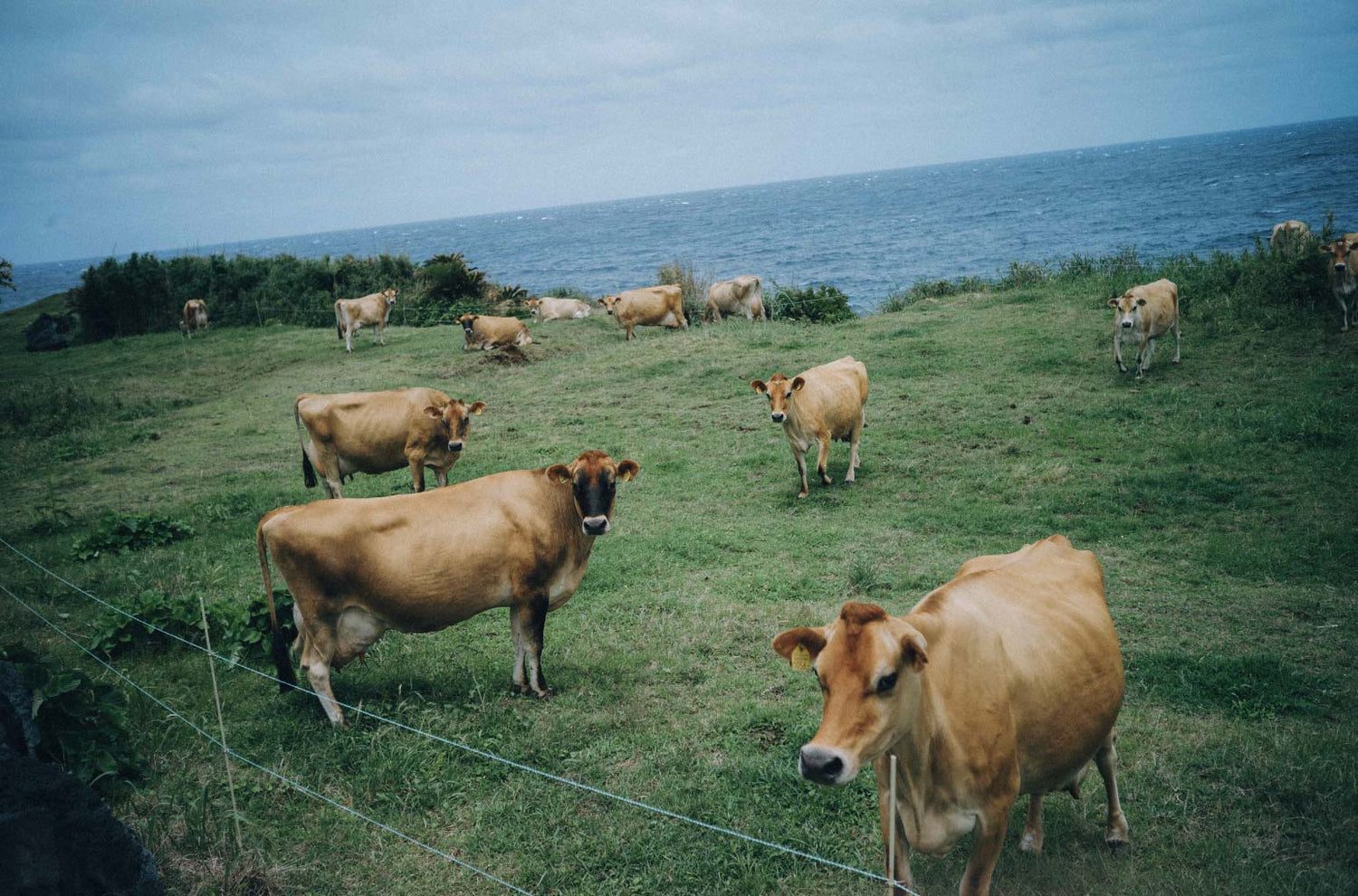
Forty or so Jersey cows grazed in the morning ocean air. Local farmer Uotani came to Hachijōjima in 2013. The cows eat the local vegetation, and from their milk he produces mozzarella and other fresh cheeses, yogurt and pudding. As an avid researcher, he studied the history of the island in the archives at Stanford University, and spoke at length about the present and future for the ranch, and the history of dairy farming on Hachijōjima.
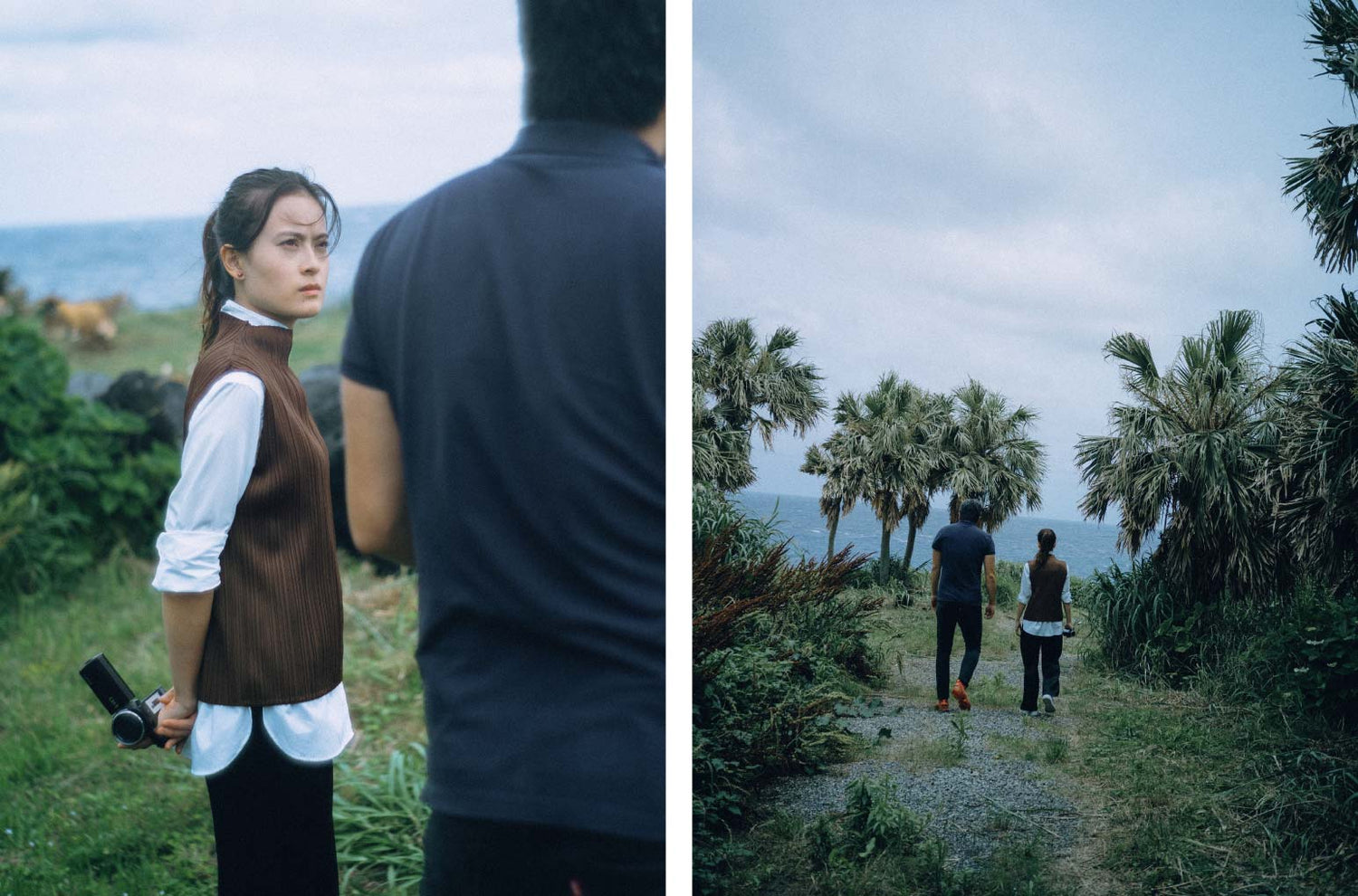
For today’s interview, Shuga is wearing PLEATS PLEASE layered on top of a white cotton shirt.
“The winds are strong and bring the fragrance of the sea. The island has a unique climate, and the long-sleeved shirt, brown top and black bottoms were the perfect combination for it.
PLEATS PLEASE are one of my secret companions when traveling. They turn into almost completely different pieces of clothing depending on what you wear with them and which accessories you choose, so I’m never stumped about what to pack.
Even with the same form and color, they change according to how they’re combined, working well in everyday life, and even on special occasions. Even better, they fold up small and do not wrinkle, so I can take them anywhere. One of the biggest attractions of PLEATS PLEASE is how I can be totally myself but still blend into the scenery around me as I travel.”
KiHachijō cloth is an essential part of Hachijōjima. The traditional silk weave is said to go back to the end of the Heian Period (11th century), and during Edo times was delivered to the Shogunate as tribute. It is created using only three colors, yellow, brown and black, all made from natural dyes derived from the local vegetation.
Shuga visited Homare Yamashita, the operator of “Meyu Kobo.” Founded in 1879, the studio continues to perform the entire cloth-making process by hand, not even dividing the dyeing from the weaving.
“In Japanese, we talk about ‘clothing, food and shelter,’ and I think the clothing comes first out of a sense of respect,” says Yamashita. He tells her about life on the island, the traditions of KiHachijō and the challenges it faces, and then he provides a demonstration on a loom, using weaving techniques that have been handed down since the Momoyama Period (circa 1600).
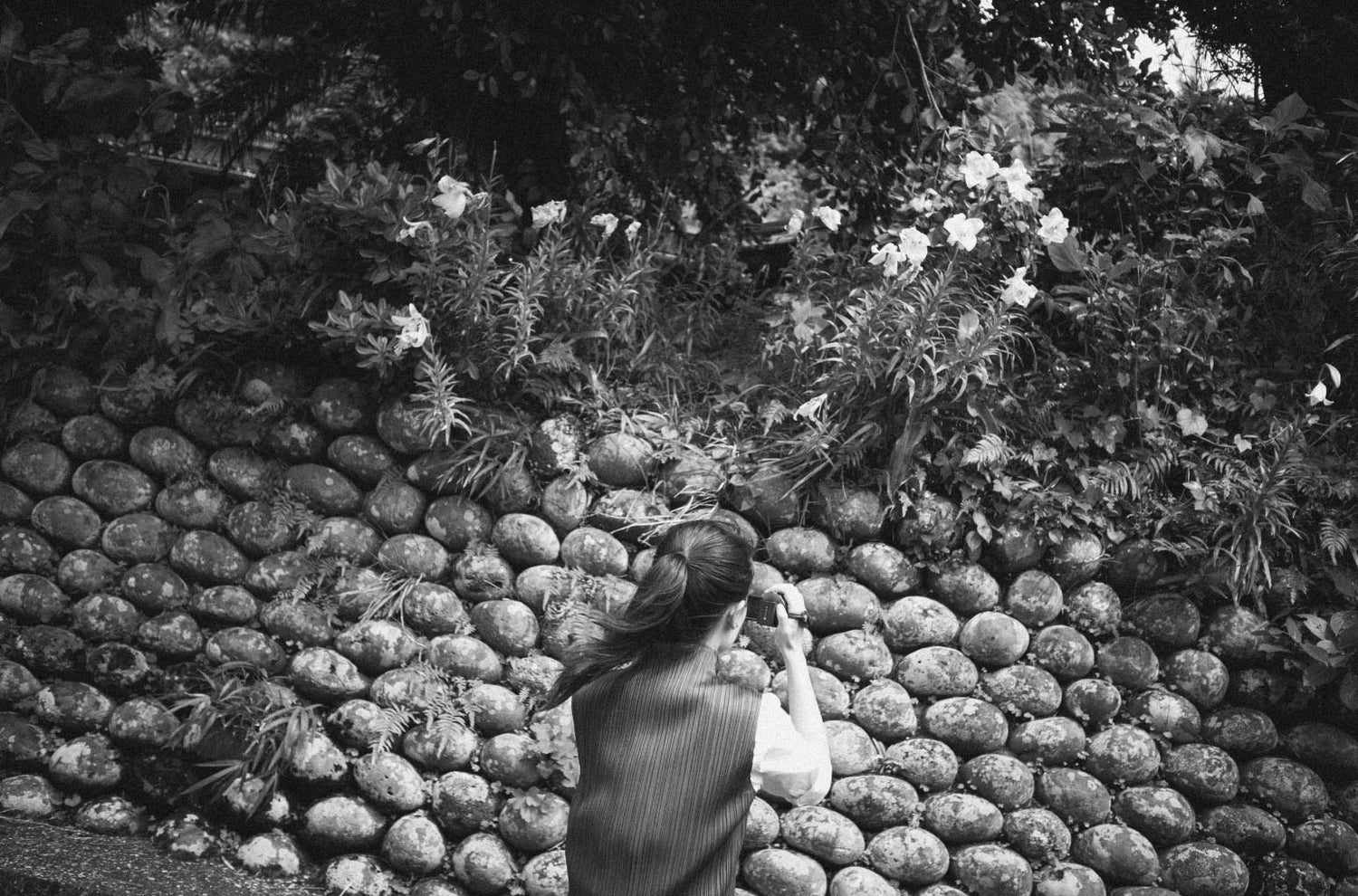
Tamaishigaki, the stone walls of Hachijōjima, were built by Edo Period exiles, who earned their daily rations by carrying stones, rounded by the sea, up from the coastline and stacking them according to traditional techniques. This combination of beauty and functionality has become one of the island’s most iconic scenic destinations.
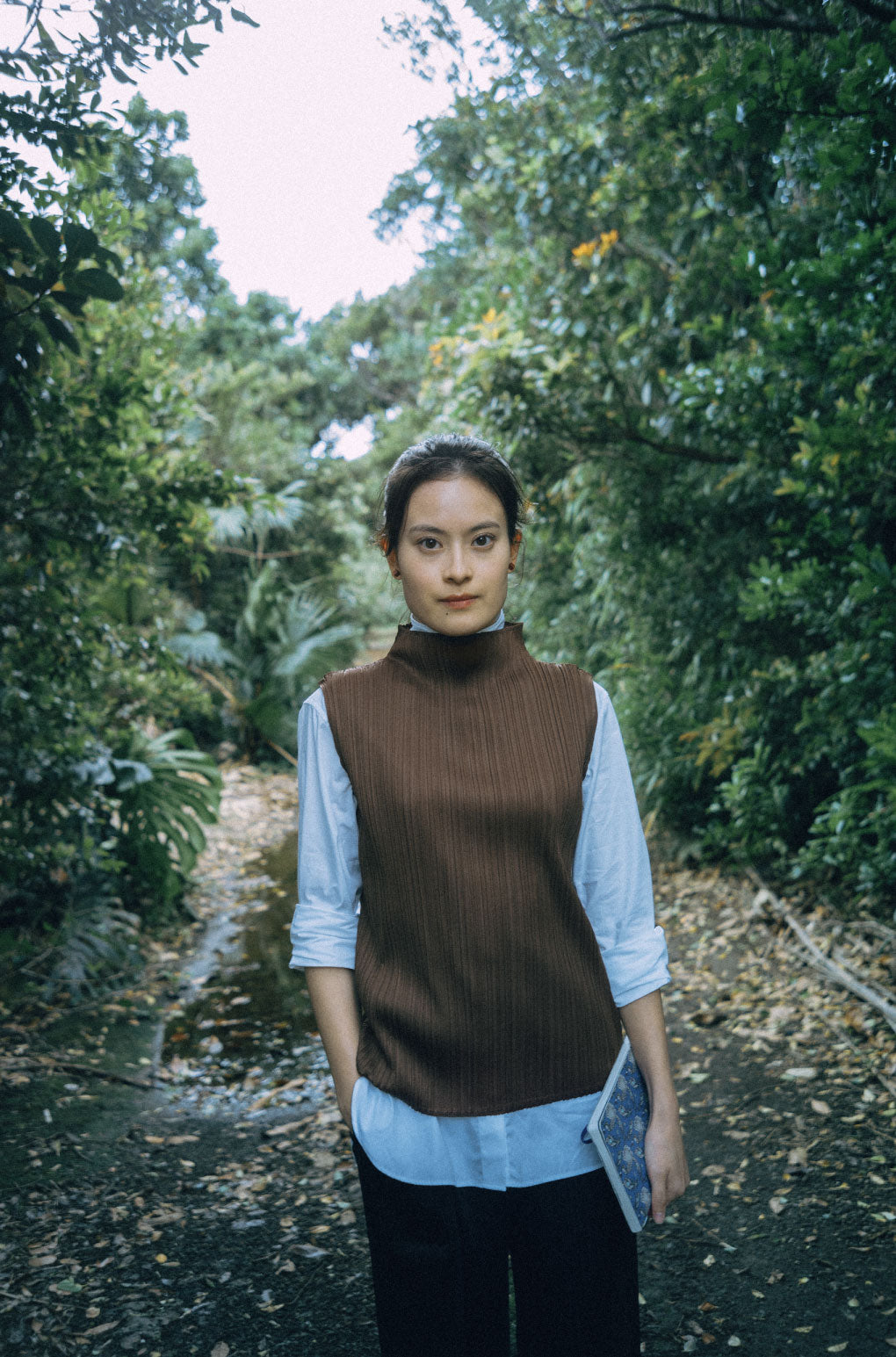
Close by is Taikoen, a nursery that grows and sells decorative and potted plants. It is particularly well-known for its Phoenix roebelenii trees.
Shuga interviewed the owner, Kunihito Kikuchi about how the exiles influenced the culture of the island, how people who move to the island live and what the secret is to a happy life on Hachijōjima. He answered her in detail, and then provided a performance of “Shome-bushi,” a well-known local folksong.
The Nambara Senjojiki Coast was a must-visit for Shuga. The lava plateau was created by an eruption of the Hachijō Fuji volcano. It extends roughly 500m and is covered with big black stones. The wind is strong along this rugged coastline where the exiled samurai Hideie Ukita is said to have enjoyed fishing.
Checking her phone, Shuga learns that the weather is supposed to deteriorate the next day, so she shortens her trip and reserves a seat on the ferry for the next afternoon.
Flights from Hachijōjima are often canceled due to poor weather, and bad timing can prevent travelers from returning to Tokyo. Though reluctant to leave, she returns home full of new inspiration for her film.
Worn by: Shuga Ohashi—Styling by Shuga Ohashi. Accessories, bags, and other small items are from her personal wardrobe.
Photography: Kazumasa Harada
Hair and Makeup: Miki Marutani
Content: Tamaki Harada and Mari Nakayama (Cawaii Factory)
Concept and Direction: Midori Kitamura
Production: ISSEY MIYAKE INC.










